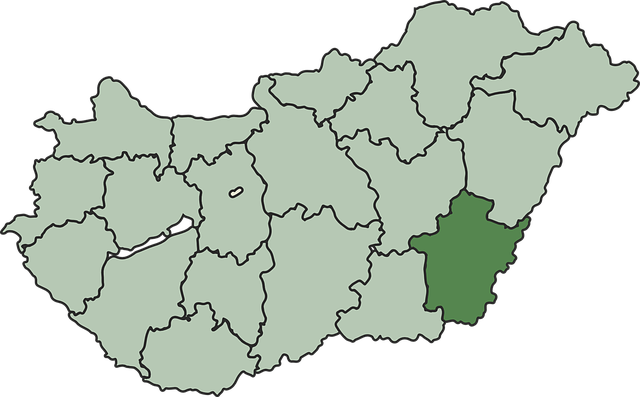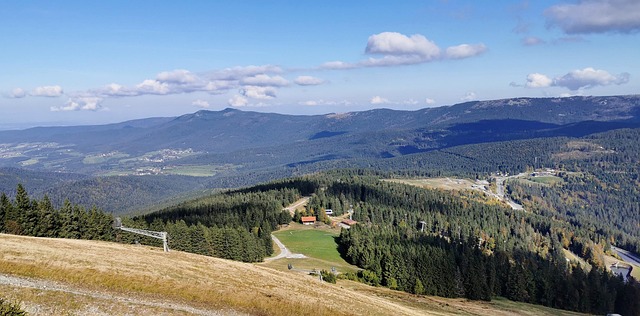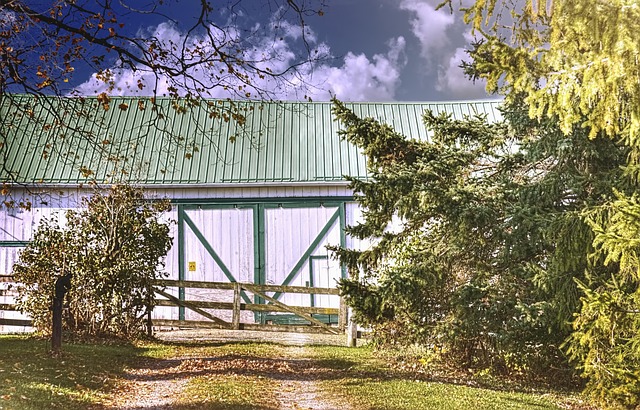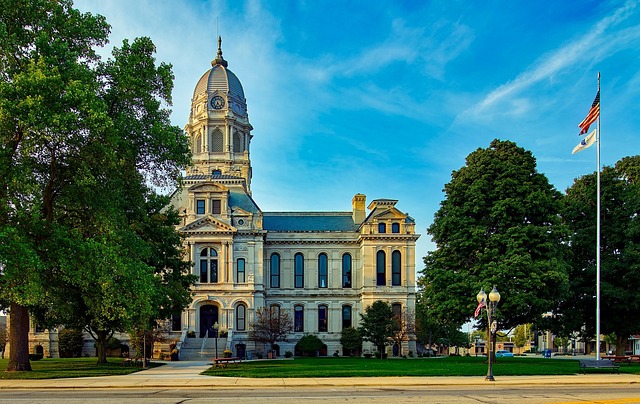Close-knit towns leverage real estate as a cornerstone for building strong community bonds, with residential areas designed to encourage face-to-face interactions and foster mutual aid. Real estate agents play a key role in connecting people to suitable neighborhoods, while developers enhance community vitality through mixed-use spaces featuring retail, recreational facilities, and public green spaces. This interconnectedness strengthens social cohesion, improves employee satisfaction and retention by offering diverse housing options and amenities, and drives economic success through collaboration, innovation, and mentorship programs.
In close-knit towns, real estate isn’t just about property; it’s the heart of community support networks that thrive on shared spaces. This article explores how tight-knit communities leverage local real estate to foster productive workforce environments. We delve into strategies that enhance employee satisfaction and retention, from vibrant co-working spaces to accessible housing options, showcasing the vital role of real estate in building and nurturing successful towns.
The Role of Real Estate in Building Community Support Networks

In close-knit towns, real estate plays a pivotal role in fostering community support networks. The layout and design of residential areas often encourage face-to-face interactions, creating a sense of belonging and mutual aid. Local real estate agents can facilitate this by understanding the unique needs and preferences of their neighbors, connecting individuals to suitable neighborhoods, and organizing events that bring people together.
Additionally, real estate developers have a responsibility to create mixed-use spaces that support a vibrant community. By incorporating retail, recreational facilities, and public green spaces into residential areas, towns can thrive with a strong sense of community. This interconnectedness fosters social cohesion, where neighbors become a support system, enhancing the overall well-being and resilience of the workforce.
How Close-Knit Towns Foster a Productive Workforce Environment

Close-knit towns create an environment that fosters a productive workforce in several unique ways. The sense of community and mutual support often translates into higher levels of collaboration and teamwork among residents, which is directly transferable to workplace dynamics. In such towns, it’s common to find residents with diverse skill sets and interests, leading to more comprehensive talent pools and opportunities for cross-pollination of ideas. This tight-knit network also encourages mentorship programs where experienced professionals guide newcomers, ensuring knowledge retention and continuity within the local economy.
Moreover, close-knit towns often have vibrant real estate markets that attract a mix of long-time residents and new comers, bringing fresh perspectives and expertise. This dynamism is reflected in local businesses, with entrepreneurs leveraging the community’s strong support to innovate and grow. The result is a productive workforce environment characterized by collaboration, diversity, and continuous learning—all essential factors driving economic success and prosperity for the town as a whole.
Strategies for Utilizing Local Real Estate to Enhance Employee Satisfaction and Retention

In close-knit towns, leveraging local real estate can significantly boost employee satisfaction and retention. One effective strategy is to offer diverse housing options within the community, catering to different lifestyles and budgets. By providing attractive and affordable housing, companies can encourage employees to stay and contribute to the town’s vibrancy. Additionally, integrating amenities like on-site childcare, fitness centers, or community spaces into real estate developments can enhance work-life balance, making the town a more appealing place to live.
Another approach is to partner with local developers to create mixed-use areas that blend residential and commercial spaces. This allows employees to easily access their workplaces while also fostering a sense of belonging and connection to the community. Such initiatives not only improve employee well-being but also contribute to the town’s economic growth, creating a positive cycle where a satisfied workforce supports the thriving local real estate market.






